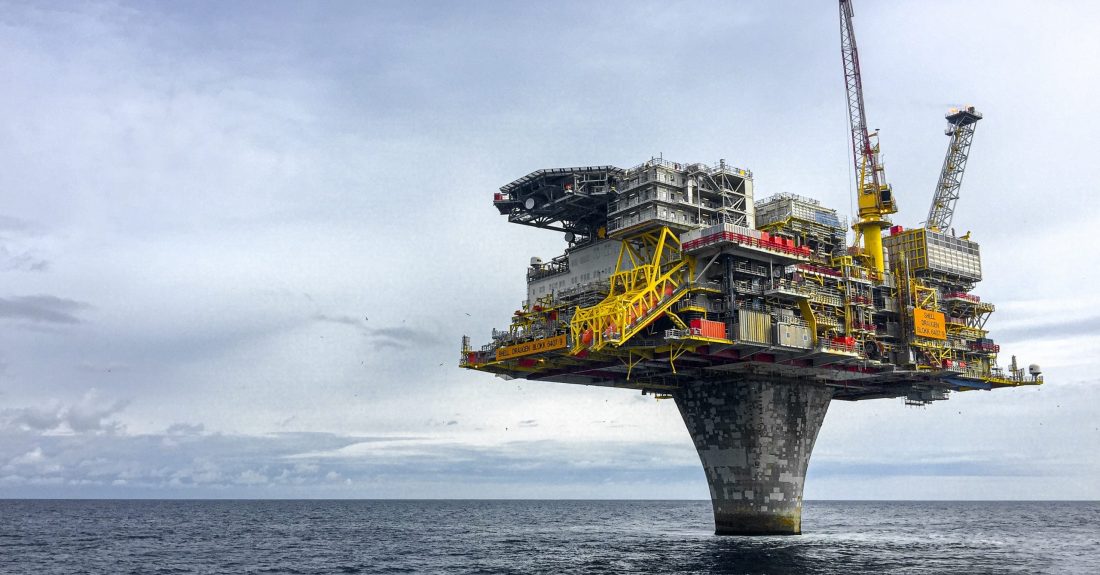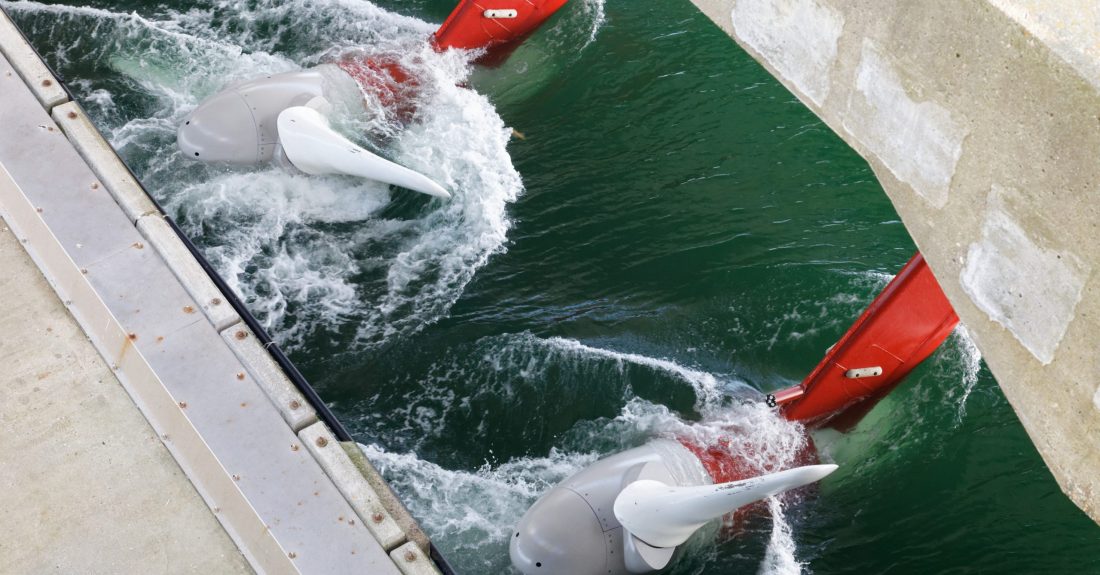
MARINE RENEWABLE ENERGY
The offshore resources from which energy can be extracted are wind, currents, and waves*. According to the EU Blue Economy Report for 2021*, the Marine Renewable Energy (MRE) includes both offshore wind energy and ocean energy. In this section, you will read about wind energy widely used for commercial purposes and also about the developing technologies for ocean energy.

OFFSHORE WIND ENERGY
Europe is the world leader in offshore wind energy with over 90% of the world’s total installed capacity. This is a total installed offshore wind capacity of 14.6 GW across 11 countries. The main producers of offshore wind energy in the EU are Denmark (6.6 GWh), Germany (6.4 GWh), the Netherlands (0.9 GWh), and Belgium (0.2 GWh)*. The leader in offshore wind energy in the United Kingdom with 22.1 GWh.
OCEAN ENERGY AND SUB-SECTORS
Ocean energy is a still untapped renewable energy source that has significant potential for further decarbonization of the EU’s energy system. It is assessed as one of the emerging sectors of the EC. By 2050, ocean energy can provide 10% of Europe’s current electricity needs and 400,000 jobs, and is all set to become a new European industry*.

EXPLORE THE OPPORTUNITIES
Occupation | Description |
Offshore renewable energy plant operator | Offshore renewable energy plant operators operate and maintain equipment that produces electrical energy from marine renewable sources such as offshore wind power, wave power, or tidal currents. They monitor measuring equipment to ensure the safety of operations, and that the production needs are met. They also react to system problems, and repair faults |
Offshore renewable energy engineer | Offshore renewable energy engineers design and supervise the installation of offshore energy farms and equipment. They research and test locations to find the most productive location, ensure the successful execution of the design plan and make any necessary modifications or provide targeted advice. Offshore renewable energy engineers test equipment such as wind-turbine blades, tidal streams, and wave generators. They develop strategies for more efficient energy production and environmental sustainability |
Renewable energy engineer | Renewable energy engineers research alternative sources of energy to design systems for renewable energy production. They strive to optimize energy production from renewable sources and reduce production expenses and environmental strain. They design systems that focus on energy sustainability and efficiency. |
Renewable energy consultant | Renewable energy consultants advise clients on the advantages and disadvantages of different renewable energy sources. They conduct surveys and interviews to research the demand for and opinions on renewable energy and strive to advise clients on the most advantageous source of renewable energy for their purpose. |
Renewable energy sales representative | Renewable energy sales representatives assess clients' energy supply needs and attempt to secure sales of renewable energy methods. They promote renewable energy suppliers and the use of renewable energy products and liaise with consumers to increase sales. |
Energy manager | Energy managers coordinate the energy use in an organization and aim to implement policies for increased sustainability, and minimization of cost and environmental impact. They monitor the energy demands and use, and develop improvement strategies, as well as research the most beneficial source of energy for the organization's needs. |
No | Education/Specialty | Program | University | Country | City | Web page |
1. | Marine Renewable Energy | MSc (online) | Heriot-Watt University | Scotland | Edinburgh | https://www.hw.ac.uk/online/postgraduate/marine-renewable-energy.htm |
2. | Renewable Energy Engineering ISS | MSc (online) | University of Aberdeen | Scotland | Aberdeen | |
3. | Offshore Engineering | MSc (online) | University of Aberdeen | Scotland | Aberdeen | https://www.abdn.ac.uk/study/postgraduate-taught/degree-programmes/1143/offshore-engineering/ |
4. | Decommissioning | MSc (online | University of Aberdeen | Scotland | Aberdeen | |
5. | Renewable Energy in the Marine Environment | MSc | Norwegian University of Science and Technology (NTNU) | Norway | Trondheim | https://www.ntnu.edu/studies/msrem
|
6. | Marine Renewable Energy | MSc | Bangor University | Wales | Bangor | https://www.bangor.ac.uk/courses/postgraduate-taught/marine-renewable-energy-msc |
7. | Offshore Renewable Energy Engineering | MSc | University of Plymouth | England | Plymouth | |
8. | Oil, Gas and Renewable Energy Law, LLM | MSc | Swansea University | Wales | Swansea | |
9. | Offshore Renewable Energy | EngD | University of Exeter | England | Exeter | |
10. | Wind Energy Systems | MSc | University of Strathclyde | Scotland | Glasgow | https://www.strath.ac.uk/courses/postgraduatetaught/windenergysystems/ |
11. | Sustainable Engineering: Offshore Renewable Energy | MSc/ | University of Strathclyde | Scotland | Glasgow | https://www.strath.ac.uk/courses/postgraduatetaught/sustainableengineeringoffshorerenewableenergy/ |










